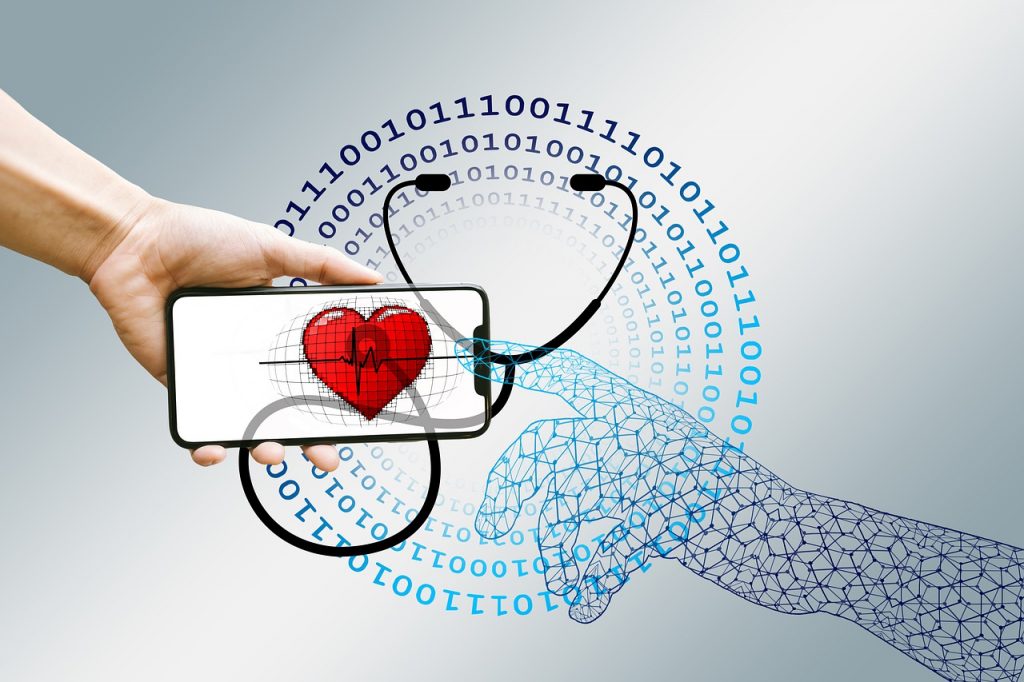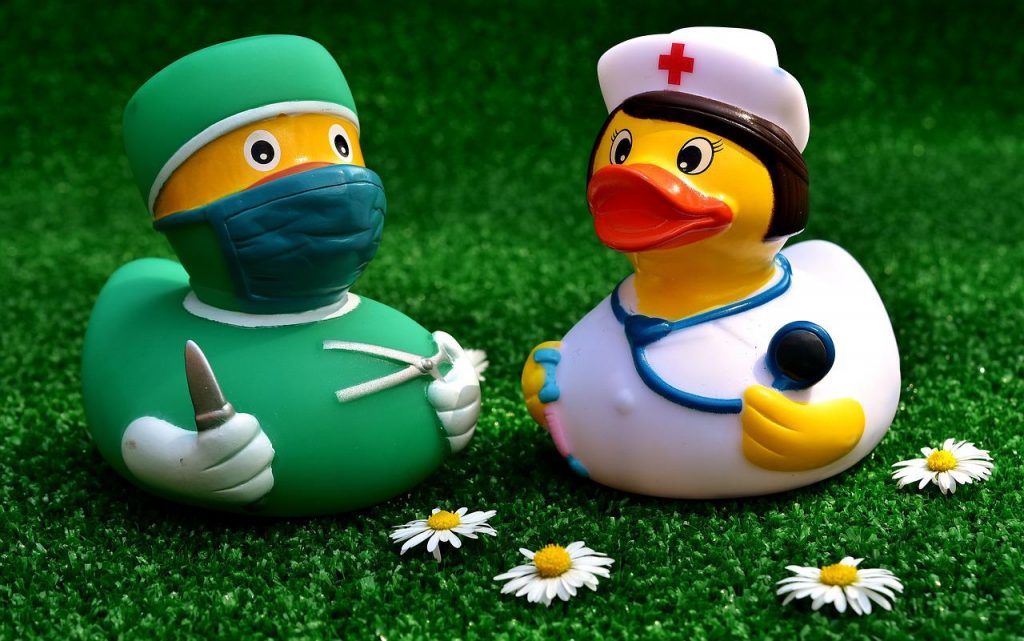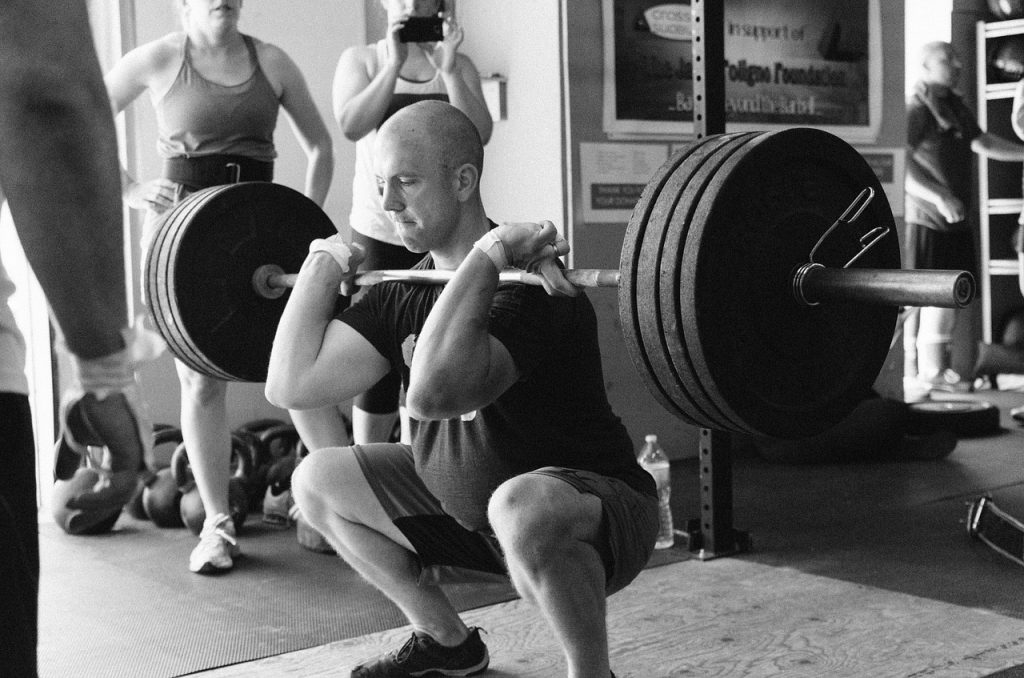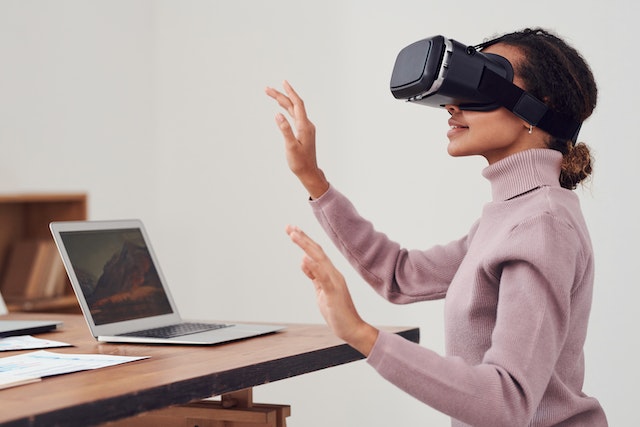Unlocking Insights for Better Patient Outcomes

GUEST POST from Art Inteligencia
In today’s technologically driven world, data plays a crucial role in almost every sector, and healthcare is no exception. With the rise of electronic health records and wearable devices, the healthcare industry has access to a vast amount of patient data. Big data analytics in healthcare is revolutionizing the way patient care is delivered by unlocking valuable insights that can lead to better outcomes.
One of the key areas where big data analytics is making a significant impact is in personalized medicine. By analyzing large datasets of patient information, healthcare providers can tailor treatment plans to individual patients based on their unique characteristics and medical history. This allows for more targeted and effective treatments, ultimately leading to better outcomes for patients.
Case Study 1: Mayo Clinic
A notable case study showcasing the benefits of big data analytics in personalized medicine is the work being done by the Mayo Clinic. By leveraging advanced analytics tools, the Mayo Clinic has been able to identify patterns in patient data to predict disease progression and customize treatment plans. This approach has resulted in improved patient outcomes and reduced healthcare costs, highlighting the potential of big data analytics to transform the healthcare landscape.
Another area where big data analytics is making a difference in healthcare is in population health management. By analyzing data from large groups of patients, healthcare providers can identify trends and patterns that can help improve overall health outcomes for entire communities. This proactive approach allows for early intervention and targeted interventions to prevent the onset of chronic diseases and improve population health.
Case Study 2: Pittsburgh Medical Center (UPMC)
An excellent example of the success of population health management through big data analytics is the partnership between the University of Pittsburgh Medical Center (UPMC) and IBM Watson Health. By combining UPMC’s wealth of patient data with IBM’s advanced analytics capabilities, the organizations have been able to develop predictive models that identify patients at risk for various health conditions and tailor interventions to prevent or manage these conditions effectively. This partnership has led to better health outcomes for patients and reduced healthcare costs, demonstrating the power of big data analytics in improving population health.
Conclusion
Big data analytics in healthcare is transforming the way patient care is delivered by unlocking valuable insights that lead to better outcomes. By leveraging advanced analytics tools, healthcare providers can personalize treatment plans, improve population health, and ultimately enhance the overall quality of care. The success stories of organizations like the Mayo Clinic and UPMC demonstrate the potential of big data analytics to revolutionize healthcare and improve patient outcomes. By embracing this technology and incorporating it into everyday practice, healthcare providers can truly unlock the full potential of big data analytics and provide better care for patients.
Bottom line: Futurology is not fortune telling. Futurists use a scientific approach to create their deliverables, but a methodology and tools like those in FutureHacking™ can empower anyone to engage in futurology themselves.
Image credit: Pixabay
![]() Sign up here to get Human-Centered Change & Innovation Weekly delivered to your inbox every week.
Sign up here to get Human-Centered Change & Innovation Weekly delivered to your inbox every week.







